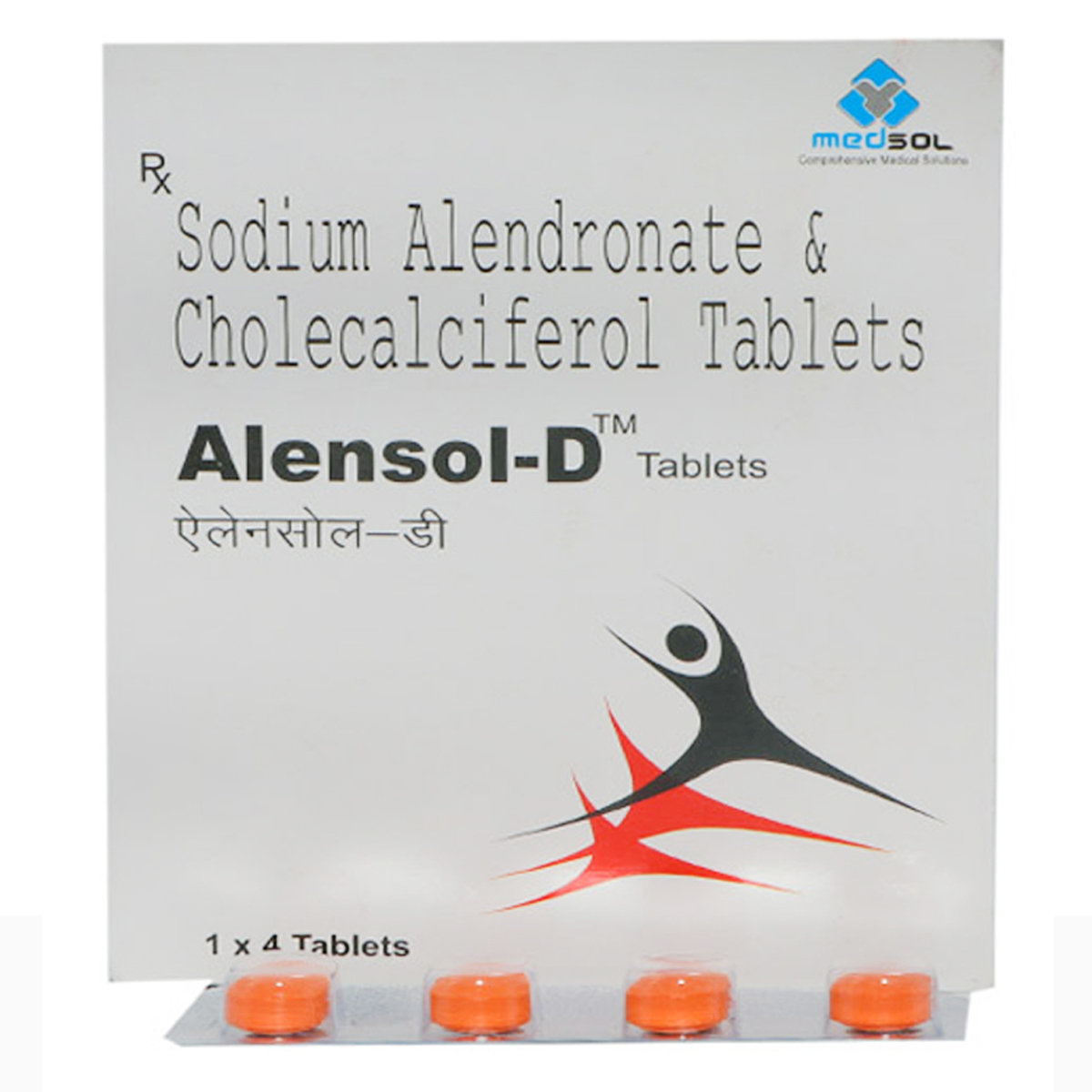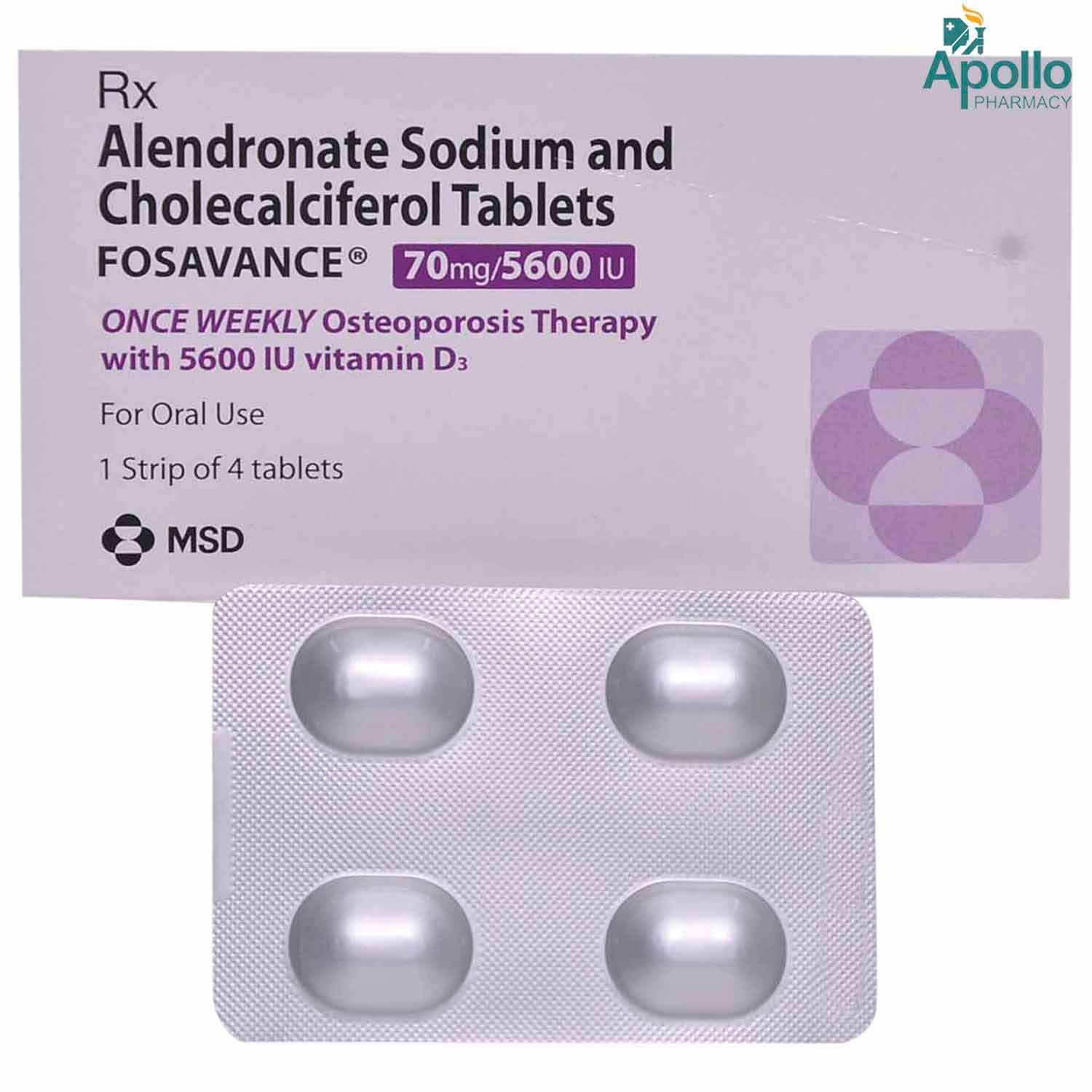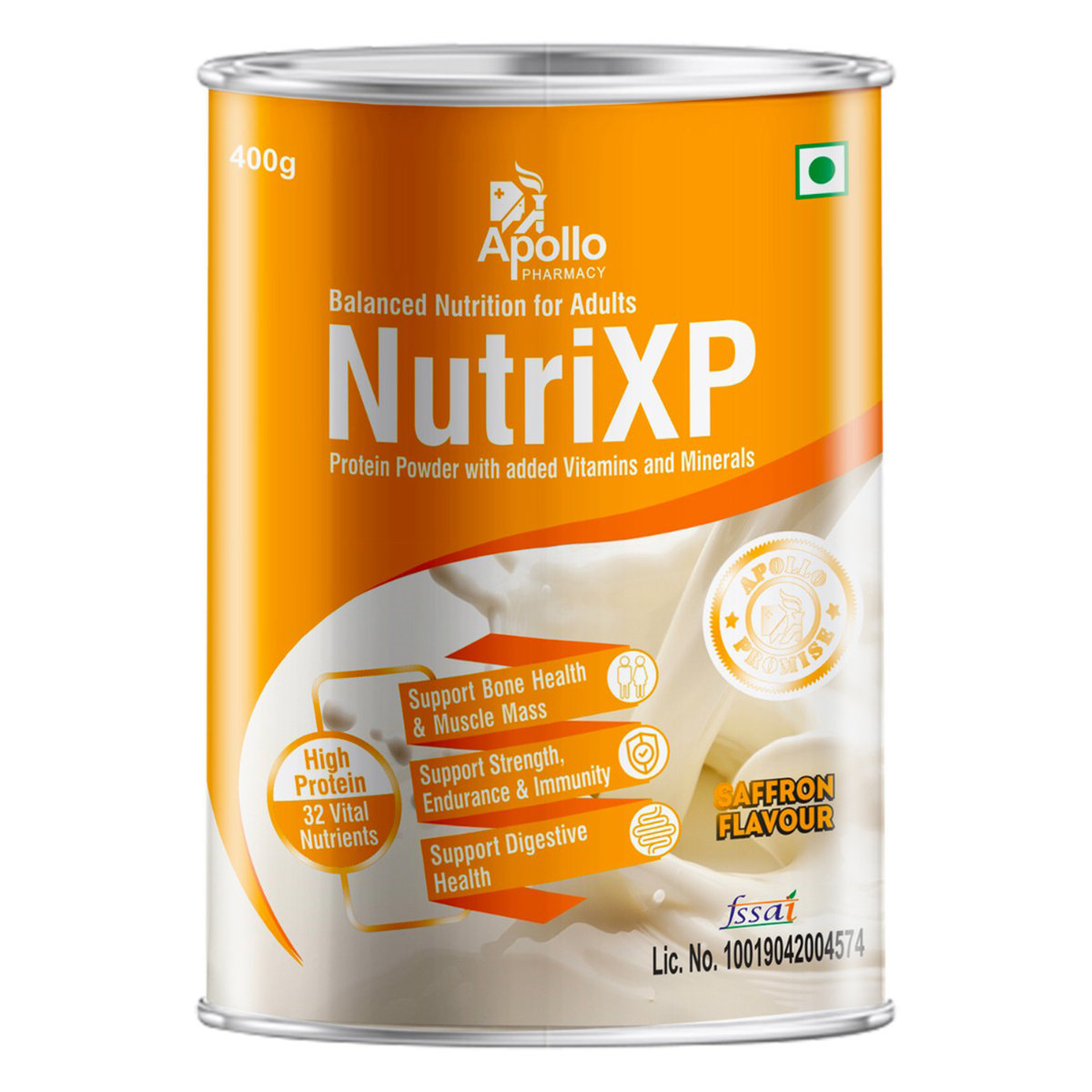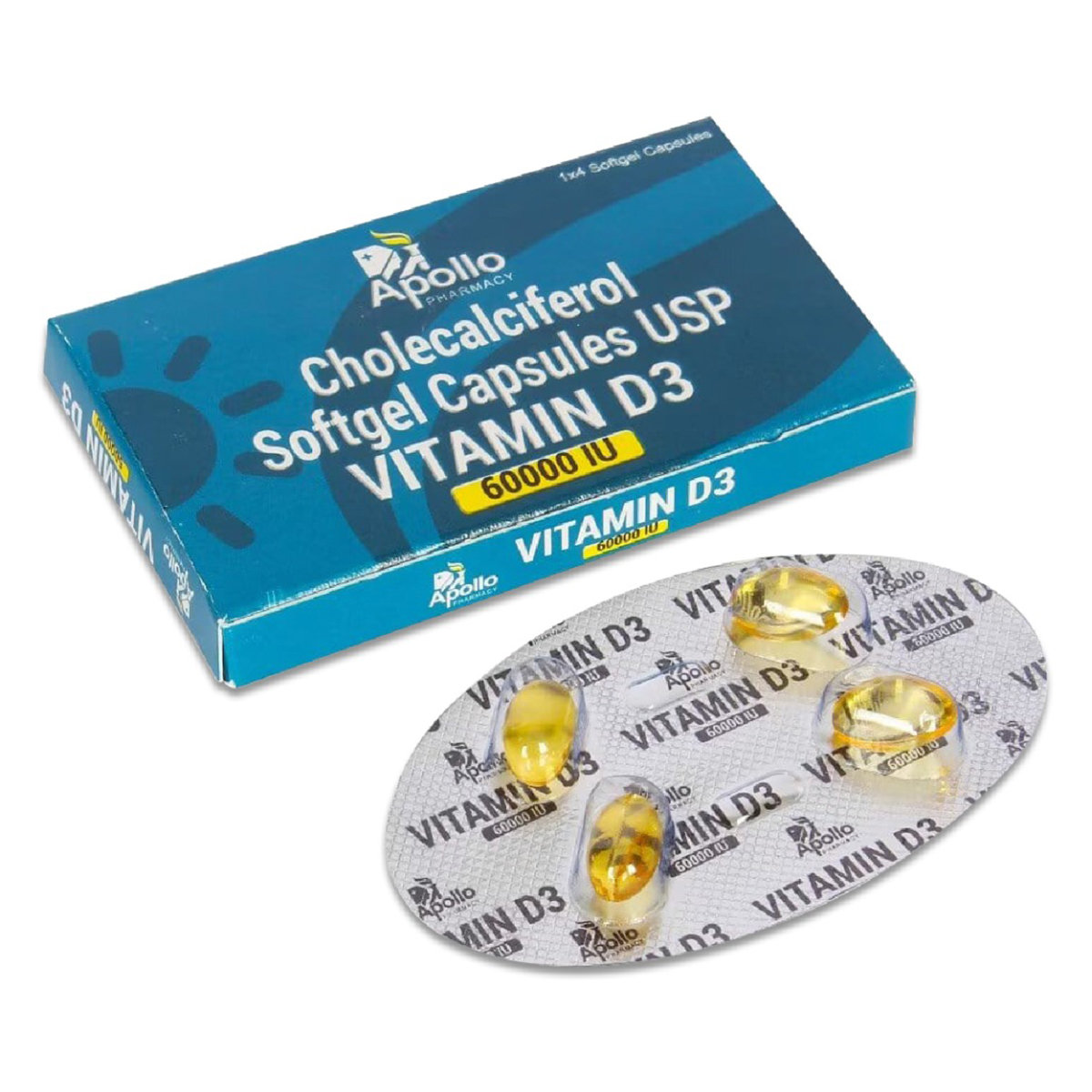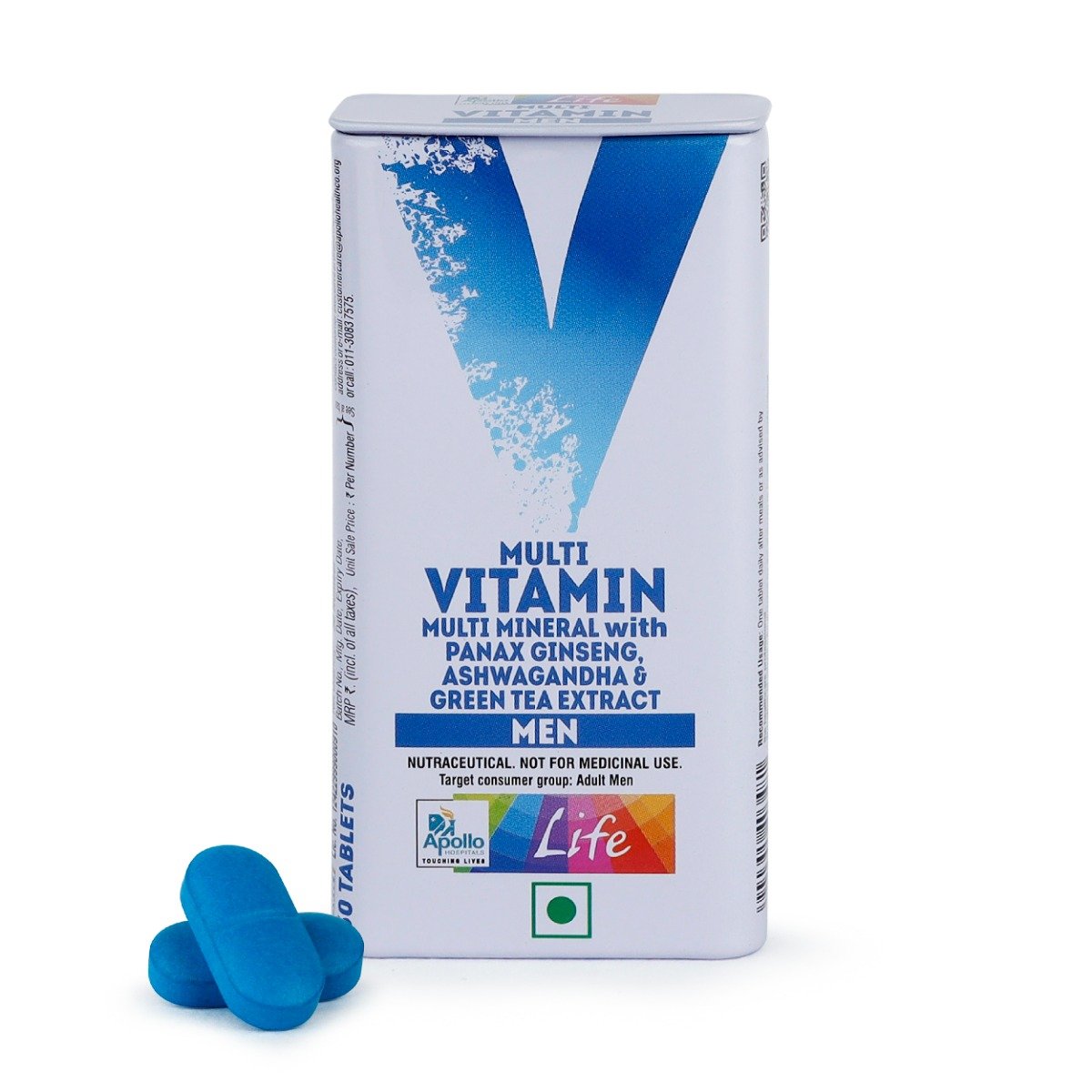Fosabest Tablet

MRP ₹206
(Inclusive of all Taxes)
₹30.9 Cashback (15%)
know your delivery time
Provide Delivery Location
Composition :
Manufacturer/Marketer :
Consume Type :
Expires on or after :
Return Policy :

Secure Payment

Trusted by 8 Crore Indians

Genuine Products
Therapeutic Class
Country of origin
Disclaimer
Alcohol
Safe if prescribed
Caution is advised while taking alcohol with Fosabest Tablet as it may cause increased dizziness. Please consult your doctor if you have any concerns.
Pregnancy
Consult your doctor
Fosabest Tablet is recommended for use only in postmenopausal women. Fosabest Tablet is not indicated in pregnancy. Please consult your doctor if you have any concerns.
Breast Feeding
Consult your doctor
Fosabest Tablet is recommended for use only in postmenopausal women. Fosabest Tablet is not indicated in breastfeeding women. Please consult your doctor if you have any concerns.
Driving
Safe if prescribed
Fosabest Tablet may cause dizziness. Drive or operate machinery only if you are alert.
Liver
Consult your doctor
Exercise caution before using Fosabest Tablet in case of established liver disease. Please consult your doctor to address any concerns.
Kidney
Consult your doctor
Exercise caution before using Fosabest Tablet in case of established kidney disease. Please consult your doctor to address any concerns.
Children
Safe if prescribed
Fosabest Tablet is not recommended for use in children below 12 years of age. Please consult your doctor if you have any concerns.
Product Substitutes
Reference
- https://www.medicines.org.uk/emc/files/pil.110.pdf
- https://www.webmd.com/drugs/2/drug-6152/cholecalciferol-vitamin-d3-oral/details
- https://www.medicines.org.uk/emc/files/pil.5697.pdf
- https://www.accessdata.fda.gov/drugsatfda_docs/label/2012/021575s017lbl.pdf
- https://www.nhs.uk/medicines/alendronic-acid/
- https://www.betterhealth.vic.gov.au/health/conditionsandtreatments/osteoporosis
- https://www.healthline.com/health/osteopenia#:~:text=Causes%20and%20risk%20factors%20of%20osteopenia&text=That%20means%20you%20lose%20some,than%20age%2050%20get%20osteopenia.
- https://www.ncbi.nlm.nih.gov/pmc/articles/PMC15105/
About Fosabest Tablet
Fosabest Tablet belongs to the group of bisphosphonates used in the prevention and treatment of osteoporosis in post-menopausal women. Fosabest Tablet lowers the risk of hip and spine fractures in postmenopausal women. Osteoporosis is a condition in which bones become weak and brittle.
Fosabest Tablet contains Alendronic acid and Cholecalciferol. Fosabest Tablet is used to strengthen bones and promote bone integrity by regulating bone turnover and preventing bone cell destruction.
Take Fosabest Tablet as prescribed. In some cases, Fosabest Tablet may cause side effects such as muscle or joint pain, nausea, indigestion, gas and headache. Most of these side effects do not require medical attention and will resolve gradually over time. However, you are advised to talk to your doctor if these side effects persist.
It is advisable to inform the doctor if you are allergic to any of its components. Fosabest Tablet is intended for use in postmenopausal women, therefore avoid taking Fosabest Tablet if you are pregnant or breastfeeding. Consult your doctor before taking alcohol with Fosabest Tablet. Keep your doctor informed about your health condition and medications to rule out any interactions.
Uses of Fosabest Tablet
Medicinal Benefits Mweb
Key Benefits
Fosabest Tablet is used to treat osteoporosis in postmenopausal women. It contains Alendronic acid and Cholecalciferol. Fosabest Tablet works by preventing bone destruction and resorption, thereby retaining the normal density of bones. It slows down the activity of bone-destroying cells (osteoclasts), which tend to be in overdrive in case of bone diseases such as osteoporosis. Cholecalciferol is the active form of Vitamin D and is essential in maintaining and promoting bone integrity and health. Hence, Fosabest Tablet is useful in strengthening and restoring the integrity and health of weak bones.
Directions for Use
Side Effects of Fosabest Tablet
- Indigestion
- Diarrhoea
- Constipation
- Gas
- Dizziness
- Lethargy
- Hair loss
Drug Warnings
Inform the doctor if you are allergic to any of the components of Fosabest Tablet. Keep your doctor informed if you suffer from any oesophageal disorders, jaw problems, peptic ulcer disease, kidney disease, low blood calcium or low Vitamin D, or if you have been immobilised for some time and are unable to sit upright. Let your doctor know if you have any cancer and are on chemotherapy or radiotherapy. Offer a detailed medical history and inform the doctor, especially if you are on steroids, antacids, antibiotics like gentamycin or amikacin, calcium supplements, laxatives containing magnesium, aspirin or any painkillers. Inform your doctor if you are a smoker. Keep your doctor informed if you have recently had any surgery or are about to undergo surgery or a dental procedure.
Drug-Drug Interactions
Drug-Drug Interactions
Login/Sign Up
Co-administration of Fosabest Tablet and Etelcalcetide may increase the risk of hypocalcemia (low levels of calcium).
How to manage the interaction:
Although taking Fosabest Tablet and Etelcalcetide together can evidently cause an interaction, it can be taken if a doctor has suggested it. It's important to keep an eye on your calcium levels. Make sure to regularly check a blood calcium level and let a doctor know if you experience any symptoms like numbness, muscle spasms, or irregular heartbeat. They can help you if anything feels off. Do not stop using any medications without talking to a doctor.
Co-administration of Fosabest Tablet (oral form) with Deferasirox may increase the risk of developing gastrointestinal ulcers.
How to manage the interaction:
Although there is a possible interaction between Fosabest Tablet and Deferasirox, you can take these medicines together if advised by your doctor. However, if you develop severe stomach pain, bloating, sudden dizziness or lightheadedness, vomiting (especially with blood), nausea, loss of appetite, and/or black, tarry stools, contact your doctor immediately. Do not discontinue the medication without consulting a doctor.
Co-administration of Naproxen with Fosabest Tablet may increase the risk or severity of side effects.
How to manage the interaction:
Taking Naproxen with Fosabest Tablet together can possibly result in an interaction, it can be taken if a doctor has advised it. However, if you develop severe stomach pain, bloating, sudden dizziness, lightheadedness, vomiting (especially with blood), nausea, loss of appetite, and/or black, tarry stools, contact a doctor immediately. Do not discontinue any medications without consulting a doctor.
The combined use of aluminum hydroxide with Fosabest Tablet may increase the risk of toxicity.
How to manage the interaction:
Co-administration of Fosabest Tablet with Aluminium hydroxide can possibly result in an interaction, but it can be taken if your doctor has advised it. If you're having any of these symptoms like bone pain, muscle weakness, anemia, seizures, or dementia, it's important to contact your doctor right away. Do not stop using any medications without a doctor's advice.
The combined use of calcifediol with cholecalciferol can increase the risk of side effects.
How to manage the interaction:
Although there is a possible interaction between Fosabest Tablet and calcifediol, you can take these medicines together if prescribed by your doctor. If you notice any of these symptoms - irregular heartbeat, seizures, weakness, tiredness, headache, dizziness, ringing in the ears, loss of appetite, feeling sick, dry mouth, strange taste in your mouth, muscle or bone pain, thirst, losing weight, eye infection, sensitivity to light, runny nose or itching - contact a doctor right away. Do not discontinue any medications without consulting a doctor.
Cholecalciferol and doxercalciferol are forms of vitamin D, and taking too much vitamin D may lead to toxic effects.
How to manage the interaction:
Although there is a possible interaction between Fosabest Tablet and doxercalciferol, you can take these medicines together if prescribed by your doctor. If you notice any of these symptoms - irregular heartbeat, seizures, weakness, tiredness, headache, dizziness, ringing in the ears, loss of appetite, feeling sick, dry mouth, strange taste in your mouth, muscle or bone pain, thirst, losing weight, eye infection, sensitivity to light, runny nose or itching - make sure to call a doctor right away. Do not discontinue any medications without consulting a doctor.
Co-administration of Cholecalciferol and Calcitriol are forms of vitamin D, and taking too much vitamin D may lead to toxic effects.
How to manage the interaction:
Although there is a possible interaction between Fosabest Tablet and calcitriol, you can take these medicines together if prescribed by your doctor. If you notice any of these symptoms - irregular heartbeat, seizures, weakness, tiredness, headache, dizziness, ringing in the ears, loss of appetite, feeling sick, dry mouth, strange taste in your mouth, muscle or bone pain, thirst, losing weight, eye infection, sensitivity to light, runny nose or itching - contact a doctor right away. Do not discontinue any medications without consulting a doctor.
The combined use of cholecalciferol and paricalcitol are forms of vitamin D, and taking too much vitamin D may lead to toxic effects.
How to manage the interaction:
Although there is a possible interaction between Fosabest Tablet and paricalcitol, you can take these medicines together if prescribed by your doctor. If you notice any of these symptoms - irregular heartbeat, seizures, weakness, tiredness, headache, dizziness, ringing in the ears, loss of appetite, feeling sick, dry mouth, strange taste in your mouth, muscle or bone pain, thirst, losing weight, eye infection, sensitivity to light, runny nose or itching - contact a doctor right away. Do not discontinue any medications without consulting a doctor.
The combined use of cholecalciferol and ergocalciferol are forms of vitamin D, and taking too much vitamin D may lead to toxic effects.
How to manage the interaction:
Although there is a possible interaction between Fosabest Tablet and ergocalciferol, you can take these medicines together if prescribed by your doctor. If you notice any of these symptoms - irregular heartbeat, seizures, weakness, tiredness, headache, dizziness, ringing in the ears, loss of appetite, feeling sick, dry mouth, strange taste in your mouth, muscle or bone pain, thirst, losing weight, eye infection, sensitivity to light, runny nose or itching - contact a doctor right away. Do not discontinue any medications without consulting a doctor.
Taking Cholecalciferol together with Sucralfate may increase the risk or severity of kidney problems.
How to manage the interaction:
There may be a possibility of interaction between Cholecalciferol and Sucralfate, but it can be taken if prescribed by a doctor. Do not discontinue any medications without consulting a doctor.
Drug-Food Interactions
Drug-Food Interactions
Login/Sign Up
Drug-Diseases Interactions
Drug-Diseases Interactions
Login/Sign Up
Drug-Drug Interactions Checker List
- MAGNESIUM HYDROXIDE
- RANITIDINE
- CIMETIDINE
- OMEPRAZOLE
- ESOMEPRAZOLE
- PANTOPRAZOLE
- THALIDOMIDE
- BEVACIZUMAB
- PREDNISOLONE
- DEXAMETHASONE
- ASPIRIN
- IBUPROFEN
- GENTAMICIN
- AMIKACIN
- TOBRAMYCIN
- DESFERRIOXAMINE
Habit Forming
Special Advise
- Sit upright or stand while taking Fosabest Tablet. Do not lie down for at least 30 minutes after taking Fosabest Tablet.
- If you accidentally take extra doses of Fosabest Tablet, please inform your doctor or go to a hospital immediately. Some of the symptoms of an overdose can be toothache, jaw pain, feeling sick, dizziness, mood changes, ear pain, blurring of vision, headache.
- Your doctor may order a bone density (DEXA) scan to check for your need of Fosabest Tablet.
- You may need regular dental check-ups during treatment with Fosabest Tablet.
Diet & Lifestyle Advise
- Practising good oral hygiene is very important while taking Fosabest Tablet. Visit the dentist regularly for check-ups.
- Load up on Vitamin D rich foods such as oily fish, egg yolks, spinach, broccoli, salmon and orange juice to promote bone health.
- Stay hydrated by drinking plenty of water.
- Doing weight-bearing exercises such as brisk walking, jogging, tennis, or even dance can be very useful in promoting overall bone health. However, do not over-exert yourself if you feel too tired or suffer from severely brittle bones.
- Muscle training activities such as yoga and Pilates can also be very helpful in strengthening the body and bones.
- Spend time under the sun (however, with proper sunscreen) for quality intake of Vitamin D.
- Limit alcohol and caffeine consumption and stop smoking as these may have a negative effect on bone health.
- Cut down on smoking. Smokers tend to have lower bone density than non-smokers.
All Substitutes & Brand Comparisons
RX
Out of StockRigikal-Alen Tablet 4's
Synovion Laboratories Pvt Ltd
₹219
(₹49.28 per unit)
6% COSTLIERRX
Alensol D Tablet 4's
Medsol India Overseas Pvt Ltd
₹257.5
(₹57.95 per unit)
25% COSTLIERRX
Selendro-70 Tablet 4's
Sekhet Healthcare Pvt Ltd
₹300
(₹67.5 per unit)
45% COSTLIER

Have a query?
Buy best Orthopedics products by
Sun Pharmaceutical Industries Ltd
Cipla Ltd
Lupin Ltd
Intas Pharmaceuticals Ltd
Alkem Laboratories Ltd
Abbott India Ltd
Zydus Healthcare Ltd
Zydus Cadila
Torrent Pharmaceuticals Ltd
Ipca Laboratories Ltd
Macleods Pharmaceuticals Ltd
Ajanta Pharma Ltd
Dr Reddy's Laboratories Ltd
Glenmark Pharmaceuticals Ltd
Vasu Organics Pvt Ltd
Hetero Healthcare Pvt Ltd
Leeford Healthcare Ltd
Wallace Pharmaceuticals Pvt Ltd
Emcure Pharmaceuticals Ltd
Msn Laboratories Pvt Ltd
Overseas Health Care Pvt Ltd
Aar Ess Remedies Pvt Ltd
Alembic Pharmaceuticals Ltd
Cadila Healthcare Ltd
Chemo Healthcare Pvt Ltd
Corona Remedies Pvt Ltd
East West Pharma India Pvt Ltd
Eleadora Pharma
GlaxoSmithKline Pharmaceuticals Ltd
Inga Laboratories Pvt Ltd
Mankind Pharma Pvt Ltd
Medsol India Overseas Pvt Ltd
Micro Labs Ltd
Natco Pharma Ltd
Olcare Laboratories Pvt Ltd
Pharmed Ltd
Pulse Pharmaceuticals
Synovion Laboratories Pvt Ltd
Talent India Pvt Ltd
Virchow Biotech Pvt Ltd
Akumentis Healthcare Ltd
Ankaa Pharmaceutical
Bioelite Lifesciences Pvt Ltd
Blisson Mediplus Pvt Ltd
Cell Salve Pharmaceutical
Dolvis Bio Pharma Pvt Ltd
Eins Pharmaceuticals
Genesis Biotech
La Renon Healthcare Pvt Ltd
Neon Laboratories Ltd
Novartis India Ltd
Panacea Biotec Ltd
Pfizer Ltd
Prevego Healthcare & Research Pvt Ltd
Ronyd Healthcare Pvt Ltd
Steris Healthcare
Sundyota Numandis Pharmaceuticals Pvt Ltd
Actus Health Care
Alna Biotech Pvt Ltd
Alteus Biogenics Pvt Ltd
Anthem Bio Pharma
Aten Remedies Pvt Ltd
Athens Labs Ltd
Aureate Healthcare
Aurolab
Avrohn Pharma (I) Ltd
Biorange Biologicals Pvt Ltd
Biorex Healthcare Pvt Ltd
CMG Biotech Pvt Ltd
Canixa Life Sciences Pvt Ltd
Celebrity Biopharma Ltd
Celera Healthcare Pvt Ltd
Celon Laboratories Pvt Ltd
Comed Chemicals Ltd
Cyrus Remedies Pvt Ltd
Dru Pharma Pvt Ltd
Edura Pharmaceuticals Pvt Ltd
Elder Pharmaceuticals Ltd
Energize Pharmaceuticals (P) Ltd
Fibovil Pharmaceuticals Pvt Ltd
Goddres Pharmaceuticals Pvt Ltd
Gufic Bioscience Ltd
Hiilsen Life Sciences Pvt Ltd
Iifa Healthcare
Intra Labs India Pvt Ltd
Jagsonpal Pharmaceuticals Ltd
Krishgir Pharmaceuticals Pvt Ltd
Lg Life Sciences India Pvt Ltd
Mastro Biologicals Pvt Ltd
Maverick Pharma Pvt Ltd
Medicure Life Sciences Pvt Ltd
Medieos Life Sciences Llp
Medley Pharmaceuticals Ltd
Meyer Organics Pvt Ltd
Organic Pharmaceuticals Pvt Ltd
Qurewell Health Science Pvt Ltd
R B Pharmaceuticals
RPG Life Sciences Ltd
Ravinor Lifesciences
Regenix Drugs Ltd
Frequently Bought Together
Customers Also Bought

